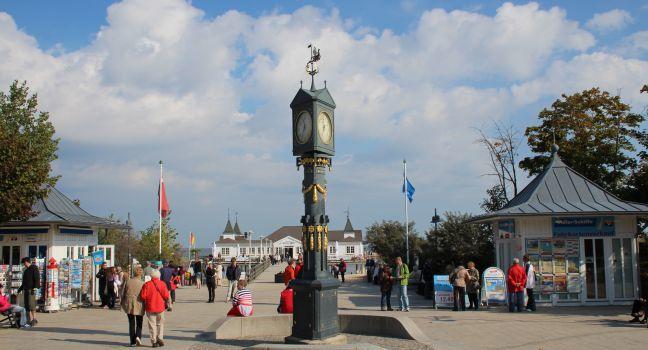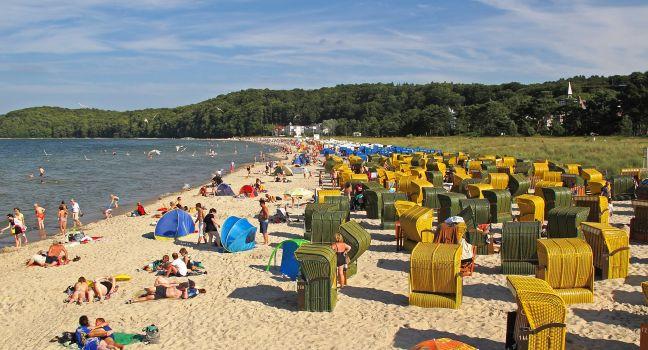Ahlbeck

The island's main town is also one of its best resorts. The tidy and elegant resort is one of the three Kaiserbäder (imperial baths)—the two others are Heringsdorf and Bansin—where Emperor Wilhelm II liked to spend his summers in the early 20th century. Noble families and rich citizens followed the emperor, turning Ahlbeck into one of the prettiest summer retreats on the Baltic Coast. Ahlbeck's landmark is the 19th-century wooden pier with four towers. Stroll the beach to the right of the pier and you'll arrive at the Polish border.




